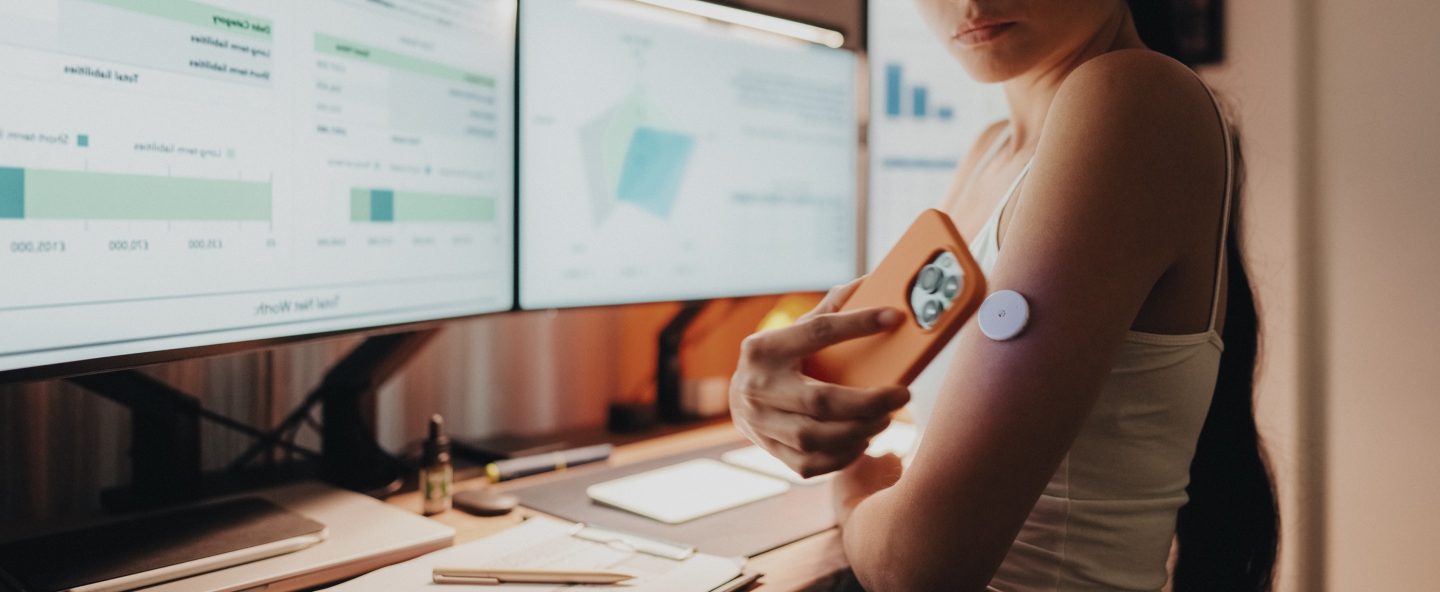Ezimora I, Lundberg T, Miars D, et al. Reflections of Foster Youth Engaging in the Co-Design of Digital Mental Health Technology: Duoethnography Study. JMIR Form Res. 2025;9:e53231. doi:10.2196/53231
This article describes an overview of the co-design process of FostrSpace and recommendations for other developers. FostrSpace is a digital mental health application tailored to current or former foster youth. The app provides education, resources, and a community to support and guide foster youth needing basic care or mental health care. This article outlines the overall findings from the co-design process and explains the key learnings for utilizing co-design effectively and ethically for mental health applications. First, the co-design process included clinicians, developers, researchers, and foster youth. Despite varying ages, roles, and education levels, all individuals were treated equally. The research team created a welcoming environment where all ideas and people were treated equally. This process uncovered four key themes that influenced the final product. The first was power and control, the second was resource navigation, the third was building and maintaining community, and the last was identity. After reviewing the end-to-end co-design process, three recommendations for engaging in ideal co-design emerged. When engaging in co-design, active reflection of the co-design process should occur both during and after each phase of the co-design process. This allows the process to feel tailored to the specific individuals and promotes more honest and dynamic feedback while still adhering to co-design principles and empirical backing. The authors also suggest developing creative ways to engage in power-sharing practices to build community throughout the co-design process. This could be icebreakers, taking turns leading meetings, or other novel ideas. Finally, maintaining reciprocal relationships and ensuring mutual benefit among co-designers should be considered throughout the process.
